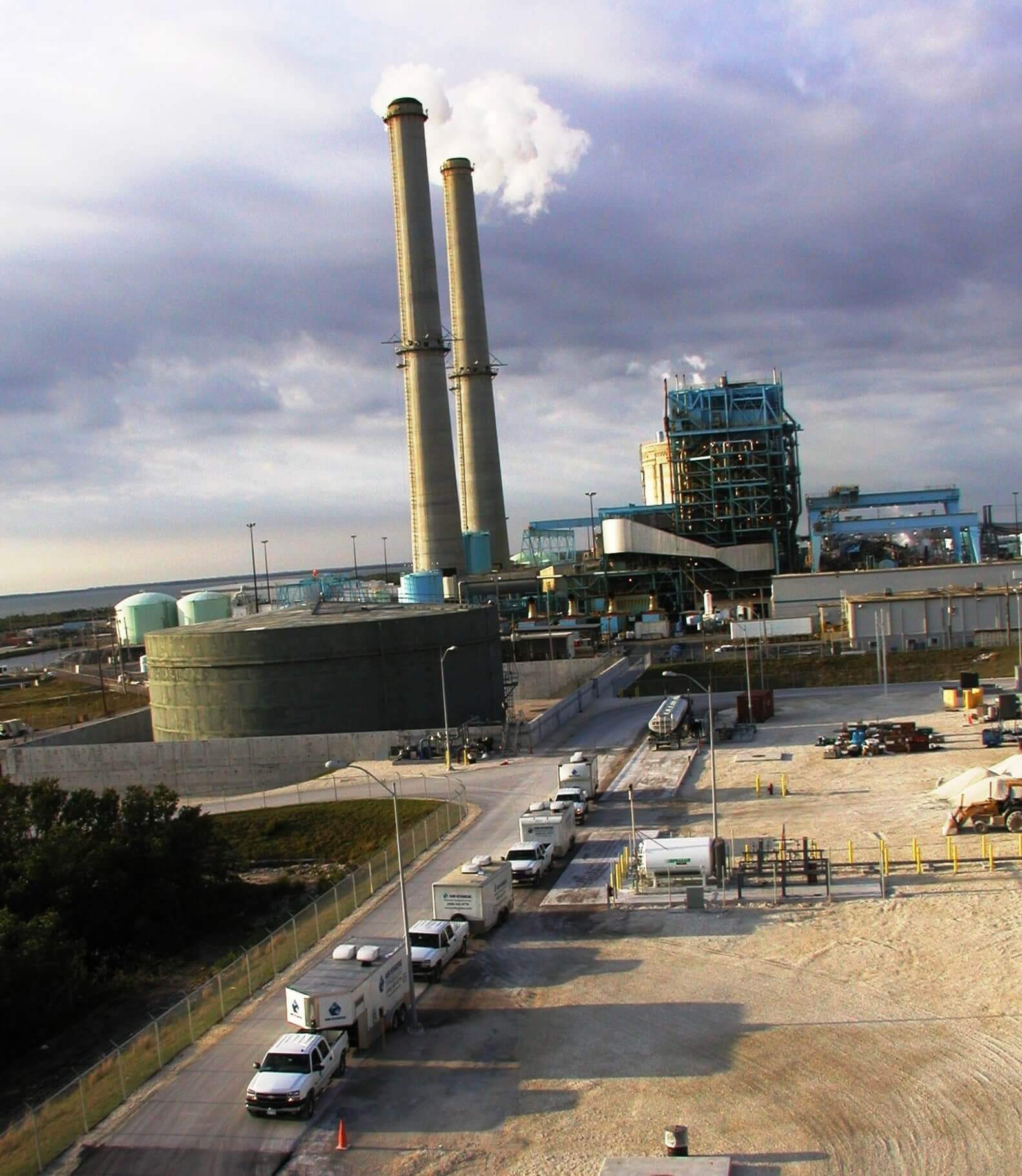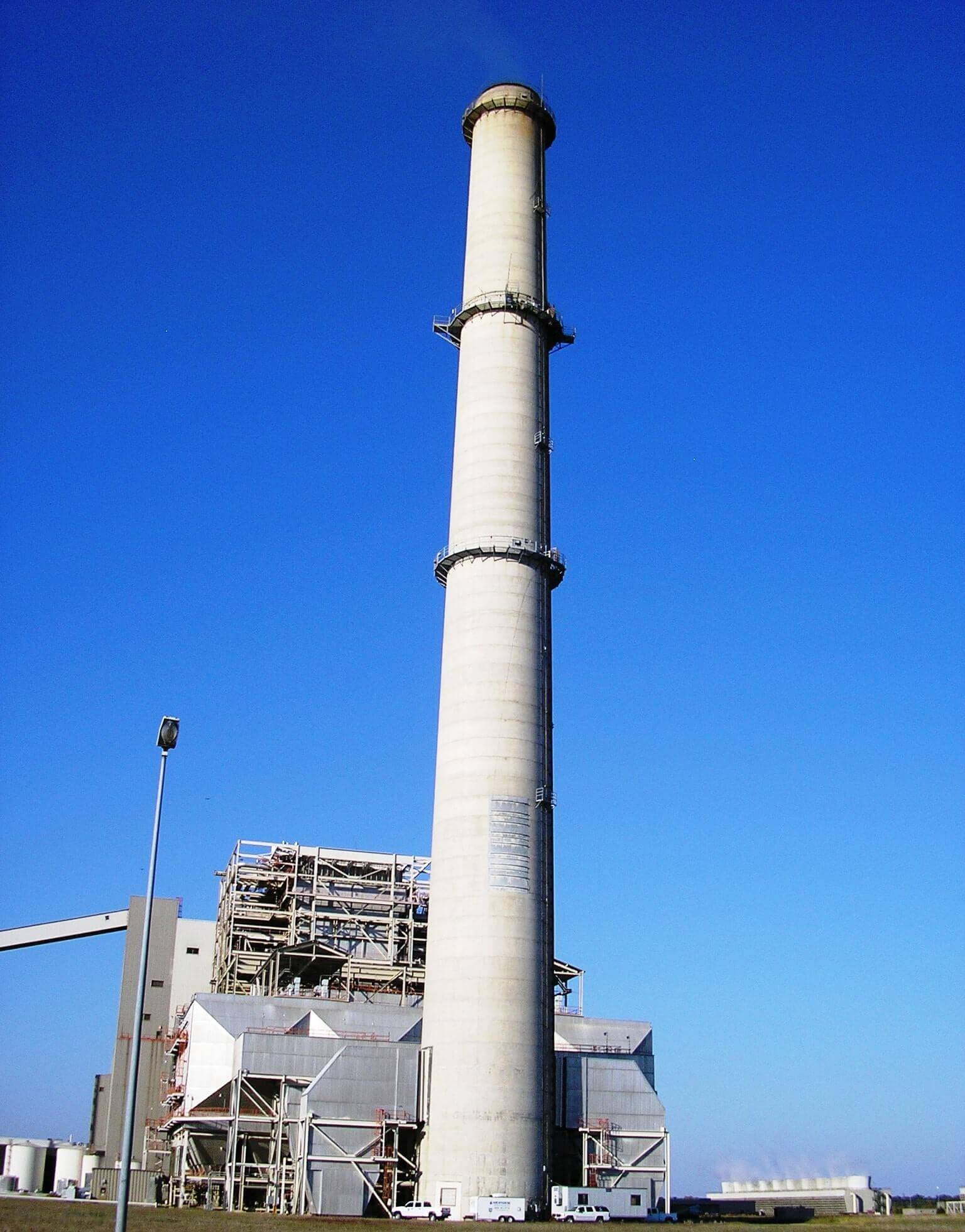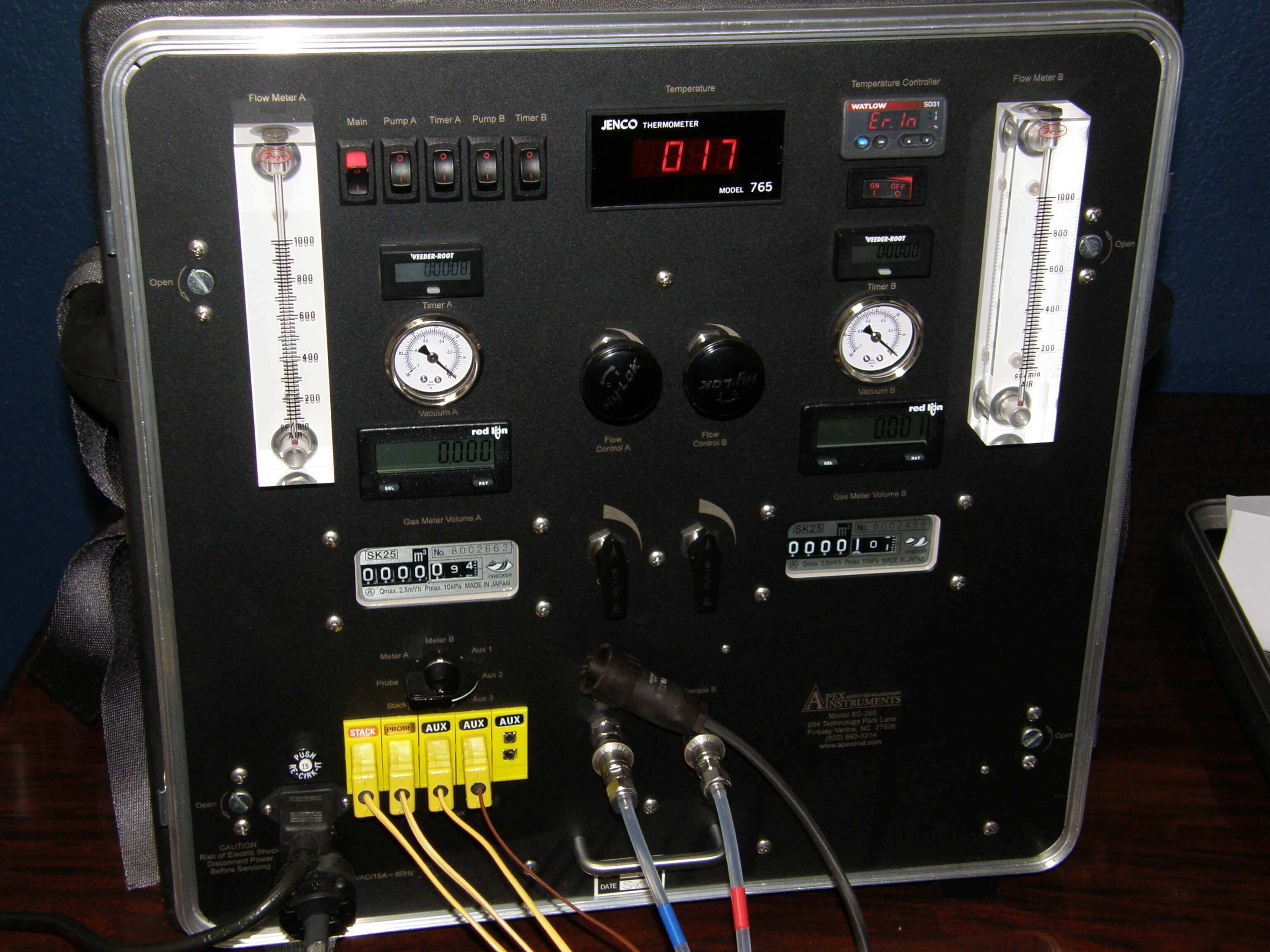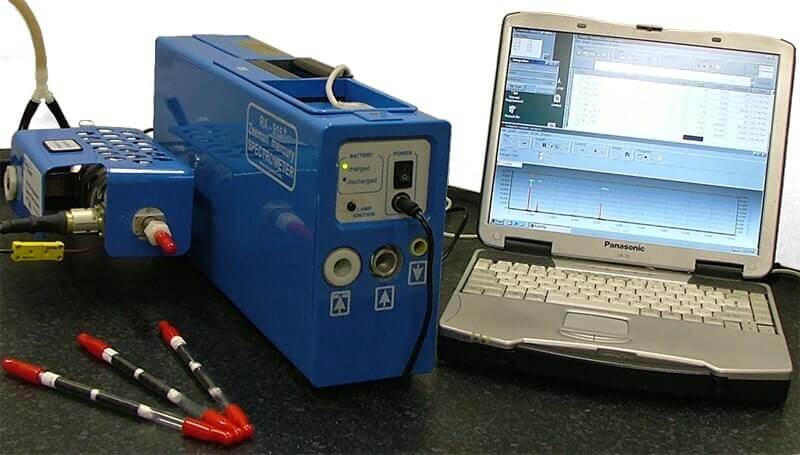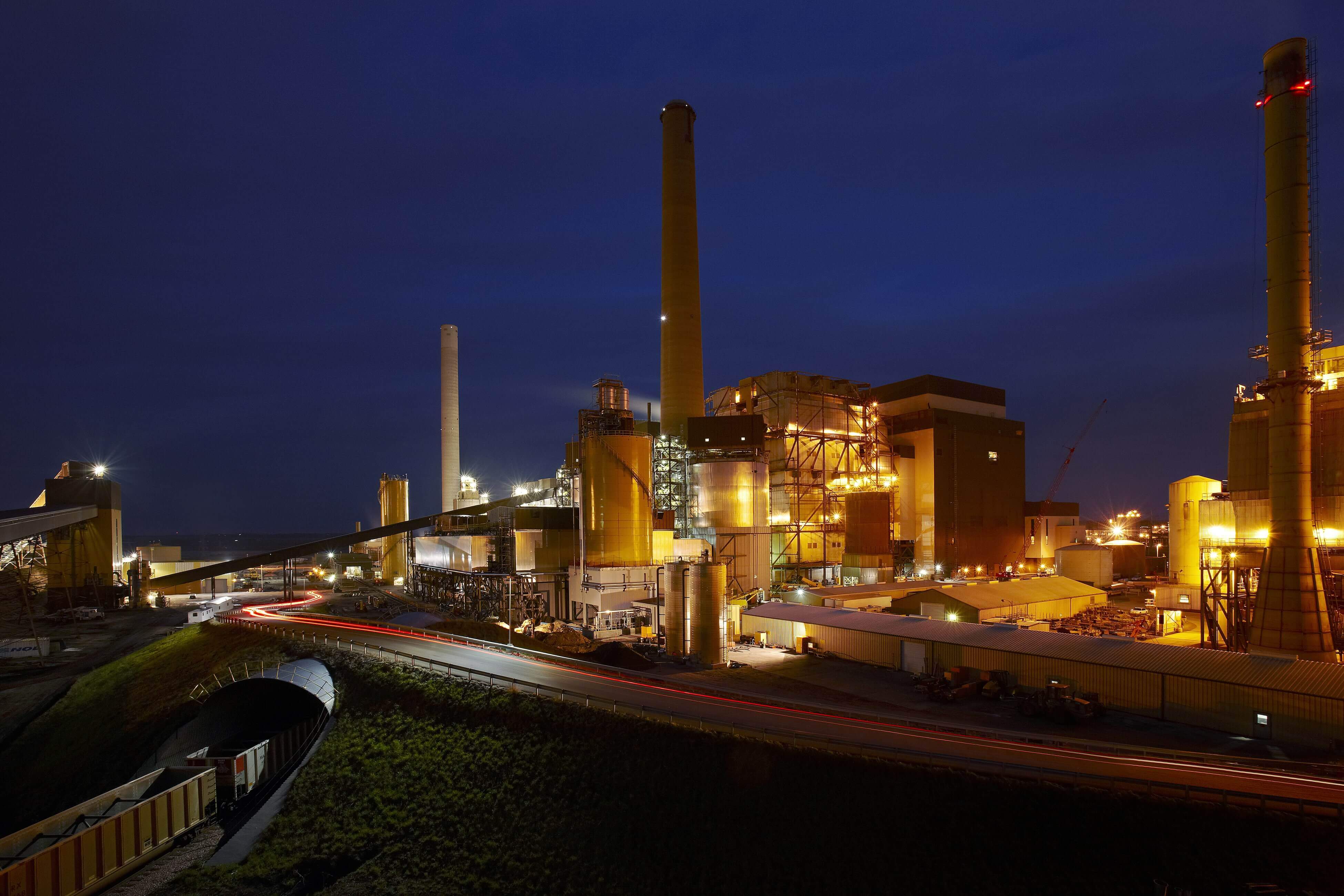MATS Testing
Mercury and Air Toxics Standards (MATS)
The Environmental Protection Agency (EPA) finalized new standards for emission limits on new power plants known as the Mercury and Air Toxics Standard (MATS). This includes emission limits for mercury, particulate matter, sulfur dioxide, acid gases and certain individual metals. Additionally, stack emission monitoring and testing requirements that apply to new sources were adjusted.
- The final rule sets standards for all hazardous air pollutants (HAPs) emitted by coal and oil-fired electric generating units (EGUs) with a capacity of 25 megawatts or greater.
- All regulated EGUs are considered major under the final rule. EPA did not identify any size, design or engineering distinction between major and area sources.
- Existing sources generally will have up to 4 years if they need it to comply with MATS.
Whether you decide to comply with MATS testing by Continuous Emission Monitoring System or quarterly testing, Air Hygiene is your solution. Air Hygiene's equipment fleet and experience is uniquely matched to support our customers MATS' testing needs. The methodology required for Continuous Emission Monitoring System audits, quarterly testing, Low Emitting EGU (LEE status),and electronic reporting are all core services we provide for customers across the United States. Please contact us anytime to discuss our approach to MATS compliance.
AIR HYGIENE - Experience the "2-2-0" Testing Advantage
Air Hygiene is known for providing a Customer Driven Approach to every testing job. This CUSTOMIZATION Include...
- 24-Hour Testing!
- Multi-Source Simultaneous Testing!
- Rush on-site analysis!
- Rush Reports!
- Customized testing data available On-Site!
Air Hygiene's primary clients are leaders in providing power and energy to the world. Demand for Air Hygiene testing services has more than doubled for six consecutive years. With marquee projects including testing on the world's largest gas fired combustion turbines and the largest coal fired power plant in the United States, Air Hygiene is at the fore-front of the emissions testing for the power industry.
Air Hygiene's ultimate reason for growth and success is best defined by the people who work here. Our project managers ensure every client receives customer care from the beginning to the end of their projects. Clients frequently call in unsolicited to make sure we know how pleased they are with our testing teams. Quality, service oriented emissions testing remains Air Hygiene's primary focus as we move forward.
CLEAN AIR ACT: SECTIONS 111 AND 112
- These rules finalize standards to reduce air pollution from coal and oil-fired power plants under sections 111 (new source performance standards) and 112 (toxics program) of the 1990 Clean Air Act amendments.
- Emissions standards set under the toxics program are federal air pollution limits that individual facilities must meet by a set date. EPA must set emission standards for existing sources in the category that are at least as stringent as the emission reductions achieved by the average of the top 12 percent best controlled sources.
- These rules set technology-based emissions limitation standards for mercury and other toxic air pollutants, reflecting levels achieved by the best-performing sources currently in operation.

